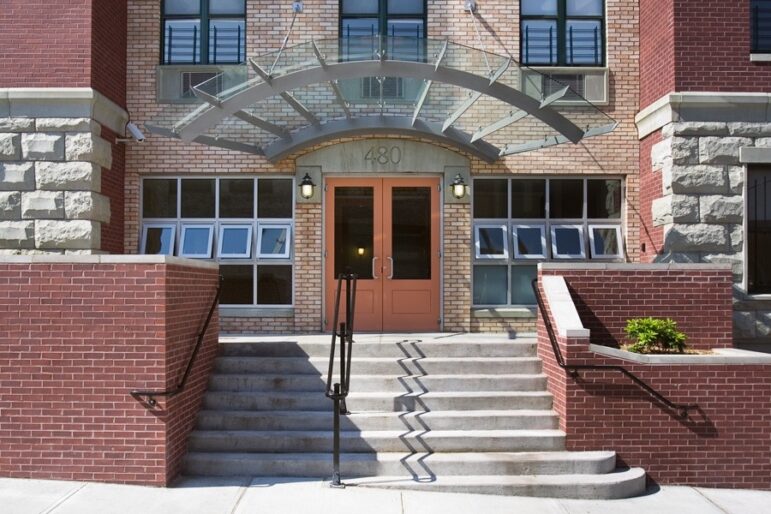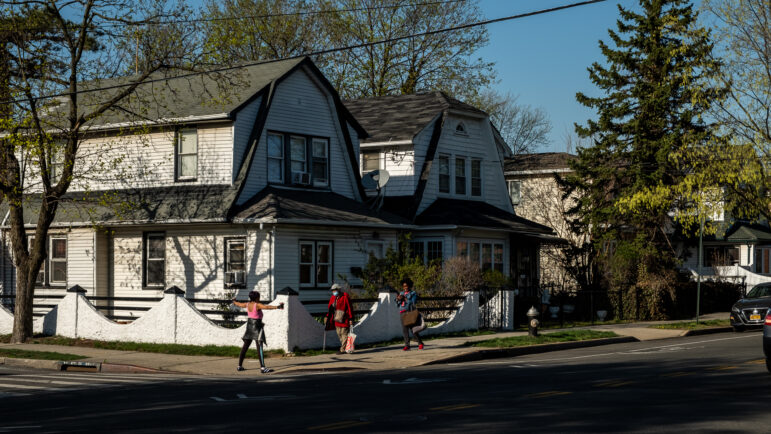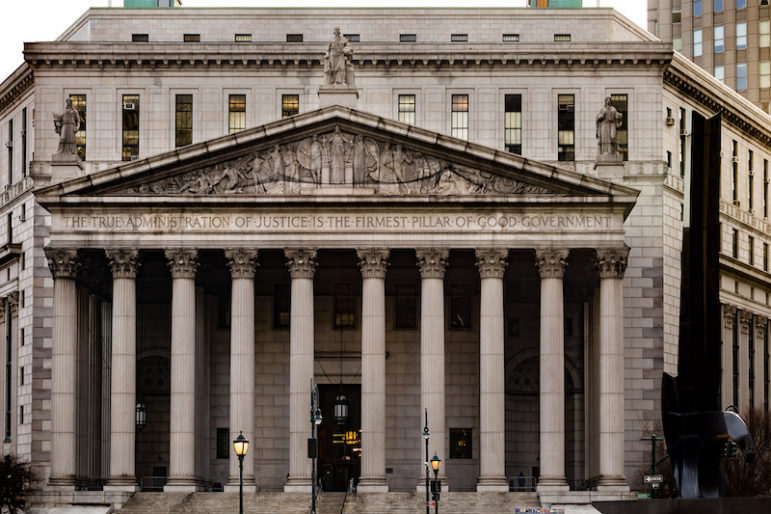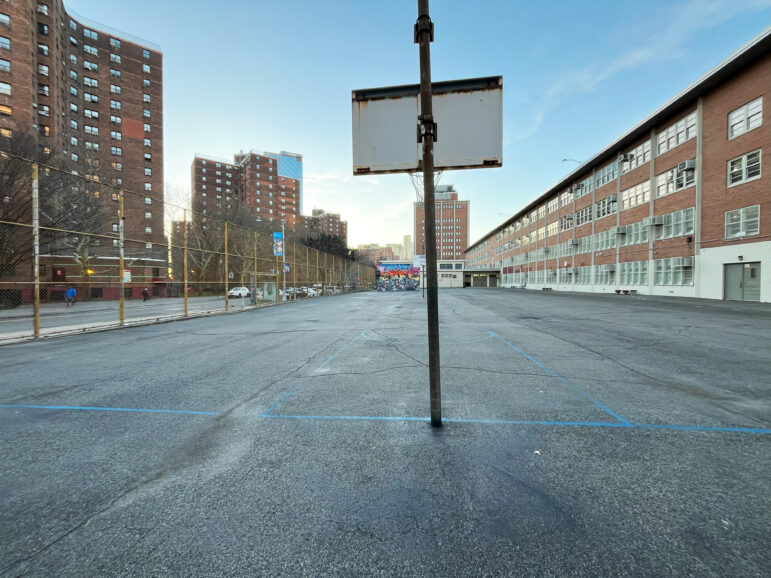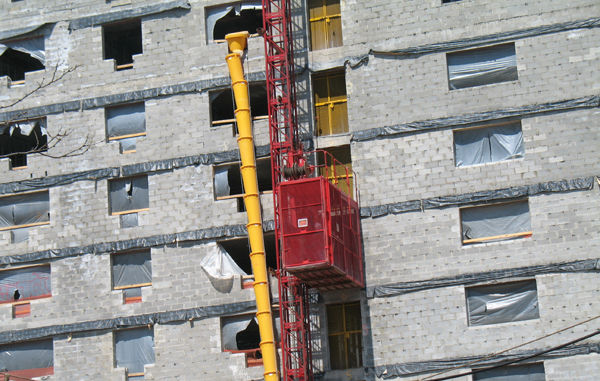
Photo by: Jarrett Murphy
A few tens of millions here, a few tens of millions there – pretty soon we’re talking real money. The tax giveaways that the state legislature handed a select few developers earlier this year as part of a housing bill weren’t exactly small potatoes. But this boondoggle is just the tip of the iceberg of poorly targeted housing subsidies that escape proper public scrutiny because they take the form of tax breaks.
The latest tax benefits went to five luxury apartment buildings that were specified in legal language using the block and lot numbers assigned to them by the New York City Department of Finance. The law allowed the buildings to receive 10-year tax breaks known as “421a exemptions” without having to comply with the stricter affordability requirements that were enacted into law in 2011. As a result, one building – the super-luxurious One57 tower – was able to secure benefits worth tens of millions at a cost of $7.7 million in affordable housing contributions and fees. The exact amounts of the benefits aren’t known. Without the new legislation, the developers would have had to include affordable housing within the new buildings themselves.
It is shocking that the legislature would direct such extravagant treatment to specific developers, but it’s hardly surprising, given the obscurity of the 421a program itself. The fact that program is known by a number instead of an informative name is already a clue that it’s nothing to be proud of. The 421a program was originally created to attract investment to the city during the early 1980s, when the city was seen as a risky bet compared to other real estate markets. As a tax expenditure, it confers benefits worth an enormous amount of money – $912 million in 2011 – outside the city budget process. Tax expenditures generally receive less scrutiny than appropriations included in the budget, which helps explain how so much money could be lavished on a program that has long outlasted its original rationale.
It is true that 421a has been adjusted over the years to give it a new affordable-housing rationale, but the program still sometimes delivers as little as 12 to 15 cents for affordable housing for every dollar of forgone taxes. One can imagine the heat the mayor and City Council would take had they approved a budget that included a $1.1 billion appropriation for this program given its meager effect on affordable housing supply. That could only happen with a tax expenditure. (It should be noted, however, that some tax expenditures, such as the federal Low Income Housing Tax Credit, are much better targeted and monitored than 421a.)
But 421a isn’t the city’s only inefficient housing tax subsidy with a mysterious numeric name. The same piece of legislation that directed extra benefits to One57 also renewed the “J-51” tax break for improvements to existing apartment buildings, which cost the city $257 million in 2011. Like 421a, J-51 includes some affordability provisions, but when the program expired in 2012, the Community Service Society and tenant advocates called for a drastic overhaul of J-51 and opposed renewing it as is. (See our CSS Policy Brief Upgrading Private Property at Public Expense – The Rising Cost of J-51. ) The Bloomberg administration also called for a more modest set of reforms.
The real estate industry fought to keep its subsidies, though, and someone got the idea to link J-51 to the law that allows individual coop and condo owners to pay property tax at a rate roughly similar to that paid by single family homeowners, rather than the much higher rate paid by landlords (and ultimately by their tenants). This coop and condo tax provision was understandably seen as a “must-pass” item by many New York City legislators, and the Republican leadership of the State Senate signaled that the Assembly would have to swallow the J-51 renewal to avoid a hefty tax increase on many members’ constituents. At the end of the 2012 legislative session, the Assembly was ready to cave on the issue, but in a surprise move, Governor Cuomo declined to issue the “message of necessity” that was required to accelerate voting on the issue and get it done before session ended. That only delayed the inevitable, however, and the bill was quickly passed and signed into law at the beginning of the next legislative session in January 2013.
The public has no way of knowing – yet – whose idea it was to add the special 421a exemptions into this already compromised bill. But even if they had been left out, the bill would already have contained a very big gift to the real estate industry, the kind of thing that could never be passed as a budget item but only becomes possible because of the low level of scrutiny that tax expenditures receive. Together, 421a and J-51, which have been around for decades, cost the city more than $1.1 billion a year. That’s more than the federal government shells out for either public housing or Section 8 vouchers in New York City – and those programs provide housing for hundreds of thousands of the city’s poorest people.
It’s long past time to redirect the 421a and J-51 money toward programs that meet the city’s affordable housing needs more efficiently.


